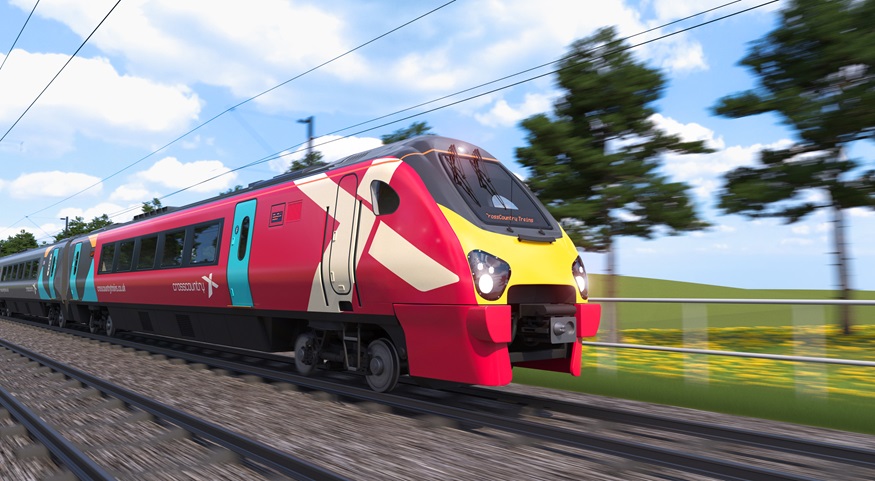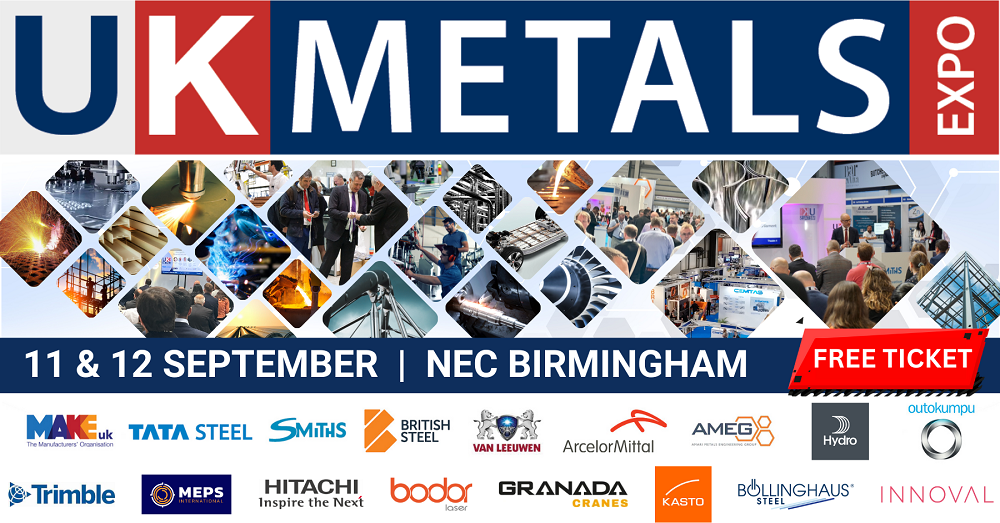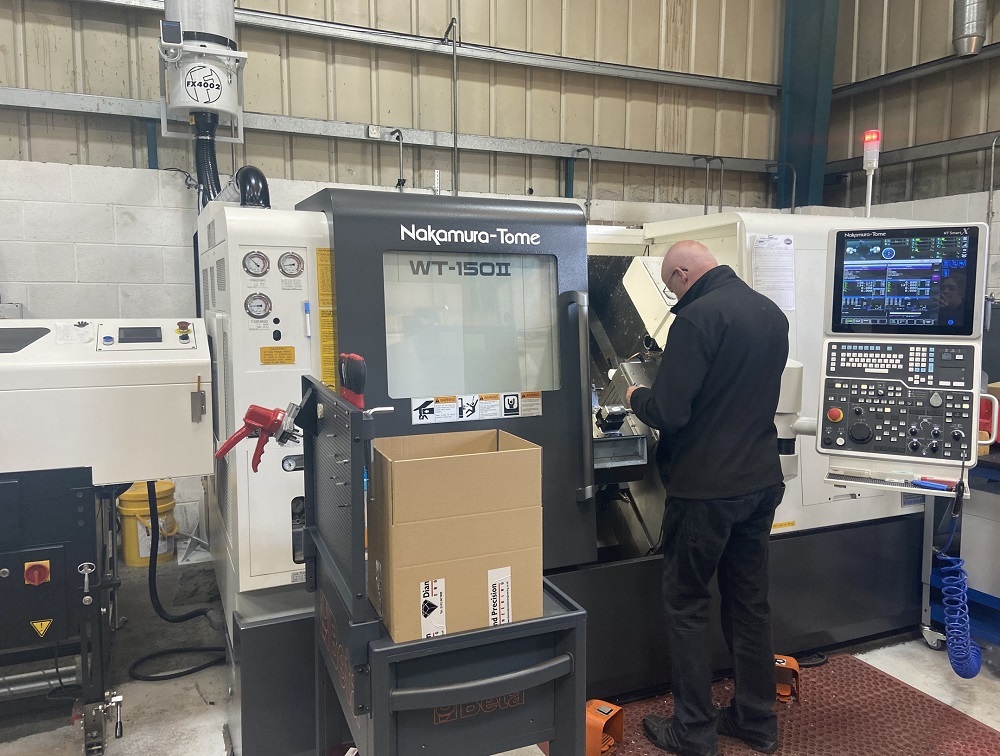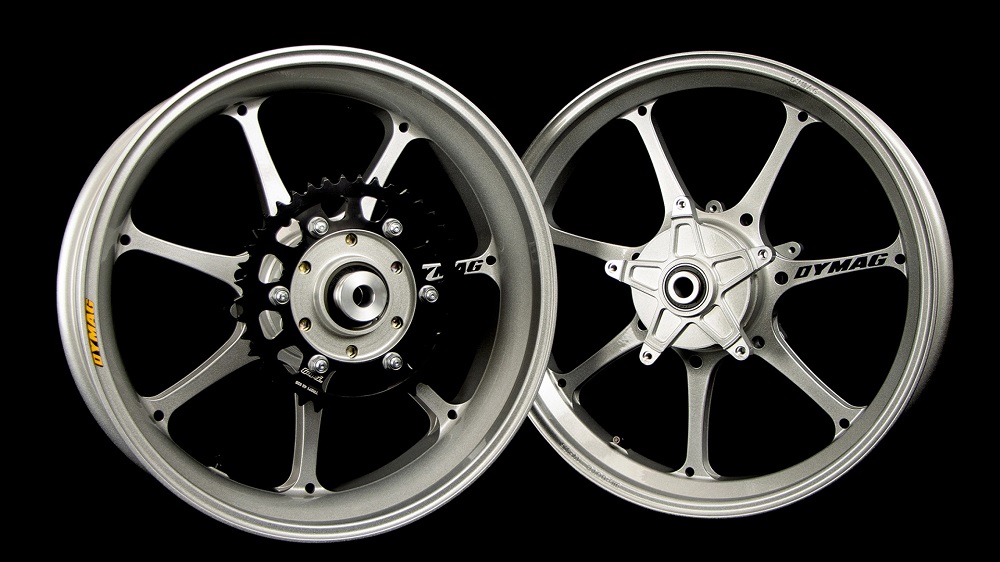Located across three sites on the Wirral, Diamond Precision Engineering has evolved from a small toolmaking business to a subcontract manufacturing specialist. From a company producing press tools and fixtures in its infancy, Diamond Precision now offers 3D printing, laser cutting, CNC folding, fabrication and CNC machining. As a business that always invests in high-end technology, Diamond Precision has recently installed two Nakamura-Tome turning centres from the Engineering Technology Group (ETG): a WT150 and an AS200.
Discussing the history of the business founded in 1986, company director Harry Pitt says: “The business was started by my father and it has been built up from there. It was a toolmaking business before evolving into a CNC machine shop [and later laser cutting and fabrication], taking the business across three sites. My brother and I have always been very much involved. He now runs the laser cutting and fabrication site and I manage the machining division. It’s here that we’ve just installed Nakamura machines from ETG.”
Discussing the investment in a Nakamura WT150 and AS200 turning centres, Pittsays:“We had some ageing lathes with reliability issues, making the planning of jobs against the machines an issue. Support and getting people to repair the machines was also an issue. Considering all this, we wanted to buy a new machine that we could rely on and trust – and just get parts through the door faster. For us to be competitive, we have to produce parts faster and better on a continuous basis.”
Referencing the benefit of the Nakamura WT150II from ETG, he adds: “We had a job that I quoted and we were three times more expensive than the customer wanted, and I really wanted us to have the job. There were obviously people already doing the job at the lower price point, so I wanted to know how we could do the job at that price. Now, we have the WT150II machine and we’ve won the order by easily undercutting the client’s price point. We are now producing 4000 parts as part of an ongoing order. This proves that the impressive speed and productivity of the Nakamura technology can make us more than just competitive but industry-leading.”
Since investing in the Nakamura WT150II and AS200, Diamond Precision has adopted new machining methodologies to manufacture existing parts differently, utilising the full capability of the machines from ETG.
“For my dad, my brother and I, investing in our business to innovate is our passion,” says Pitt.“Finding faster ways to make parts and be more efficient is a really rewarding and satisfying pastime. What we’re trying to do is eliminate parts coming off turning centres and then going for secondary milling operations. We’ll always look for the most efficient way to manufacture parts.”
Alluding to one example, he continues: “We’re parting-off with slitting disks to minimise material usage; we want to try every little thing to improve our processes. As a company that’s always trying new ideas, we’ve previously been limited by the capabilities of the machine, but the Nakamura has never let us down. Whatever we want to try, we can do. Previously, we would see other companies trying new innovations and our machines would let us down.This is not the case with Nakamura.”
Looking specifically at the Nakamura AS200 where Diamond Precision is machining a small job from a square bar that would have originally been processed on a machining centre, Pitt says: “This small job was previously manufactured on a machining centre and it was a horribly tricky part to handle. The 316 stainless steel component had three operations until one of our team suggested bar-feeding the job on a Nakamura. Now, the AS200 is producing a better-quality part and, as it’s bar-fed, it can run automated all day. It’s even deburred in-cycle. Now, we’ve drastically reduced the cycle time and don’t need an operator. As a small business, we have to innovate or our competitors will overtake. Fortunately, we’re really lucky that we have some great guys with fantastic and creative manufacturing ideas.”
Adding his thoughts on the Nakamura AS200, he says: “Even though our AS200 is not a twin-spindle, twin-turret variant, it has thoroughly impressed us. There are lots of jobs that the single-spindle, single-turret configuration can handle in just one operation. One job is a family of two components and because of our programming expertise, we can profile the first and second parts in one hit and then just part them off. This gives us two finish parts in one hit.
“We have another job that we used to laser cut, prep on a turning centre and then perform a final turning operation before loading it on a special machine to cut teeth. Now, we put it straight on the AS200 and it’s done in a single operation by taking on all of the turning operations and machining the teeth. It’s not doing conventional turning or milling, but we use it like a form cutting machine.”
With both the larger Nakamura WT150II and smaller Nakamura AS200 machines featuring part catchers, live tooling and barfeeds, an exceptional level of automation is already present.
“We’ve found that automation is an art form in itself,” explains Pitt.“Making parts when we’re here is half the battle, but what we’ve learned with Nakamura is the ability to leave the machines running unattended overnight. However, if we’re making a batch of 700 parts in one night, how do we get parts out of the machine? The WT150II has a conveyor that simplifies this, but it can be more challenging on a smaller machine.In reality, however, it’s just a learning process. On the WT150II, we had some parts that we left running and the swarf was too long and stringy, jamming the conveyor and stopping the machine. It provided another opportunity to learn. We’ve now employed strategies to break the swarf. It may have added 3 seconds to a cycle, but we recently left the machine to run from Friday morning through to Saturday night.”
More information www.engtechgroup.com



















